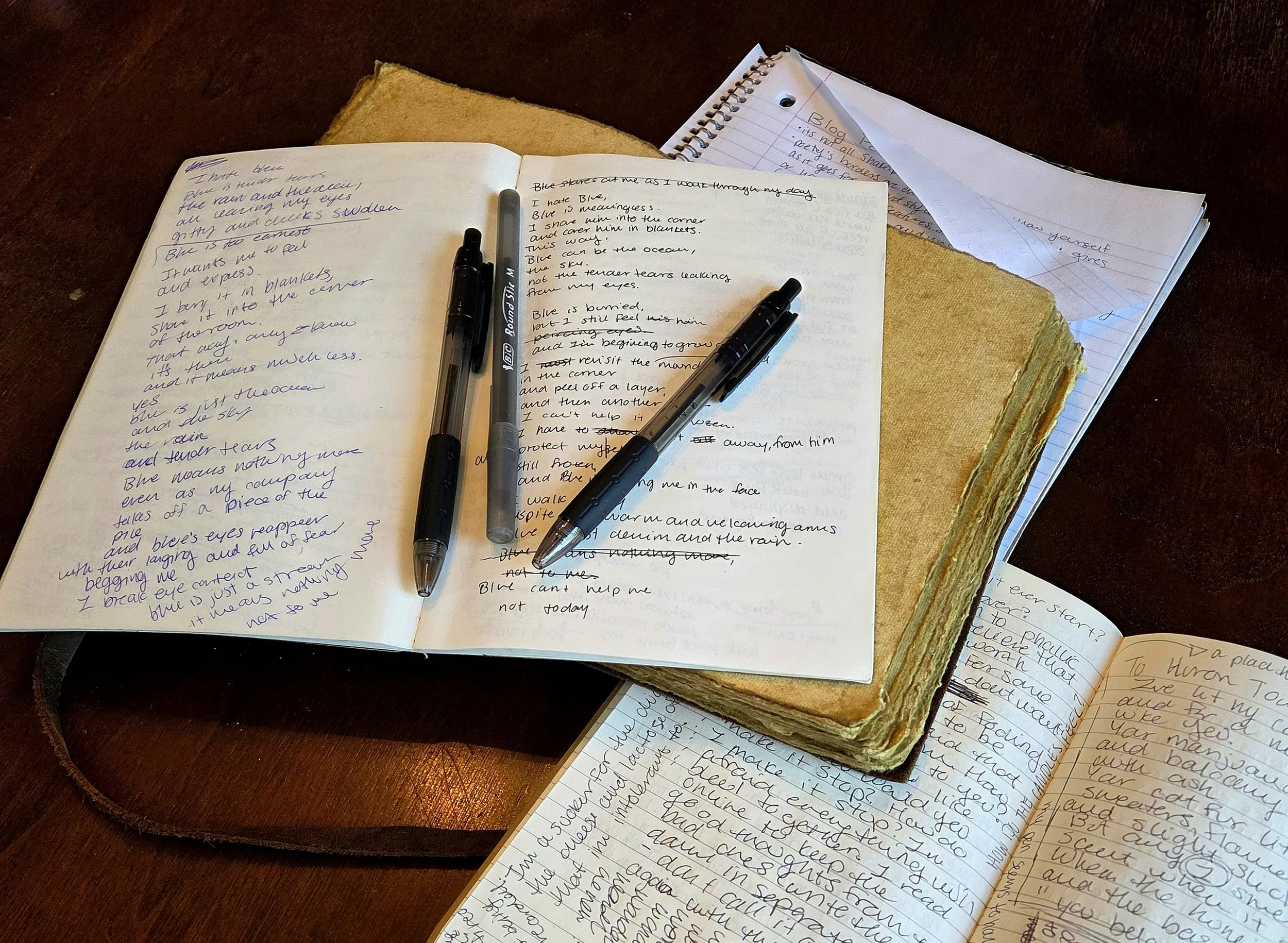Pocket of Poetry
Poetry does not start and end with Shakepseare’s iambic pentameter. While revered and popularized for good reason, this approach to poetry is not for every person, but poetry itself can be. Poetry is an intensely personal art form, thick with vulnerability and honesty, and whilst it is a common misconception, poetry is not merely for woes and worry, poetry also allows one to heighten and extend pleasure, joy, and contentment.
Poetry has a standard, familiar form, but there are also several different forms of poetry; ekphrastic (poems inspired by visual arts), how-to poems, epistolary (poems written as a letter), prose poems, sonnets, haikus and more. Each of these forms have their own way of pushing and pulling the boundaries of poetry, but they all build off of the key components that make poetry something special— line breaks, stanzas, a melding of fact and fiction, figurative language and what I believe to be most important, imagery.
Written works, as well as visual art forms, have such a pull to them due to their ability to transport the viewer, and even the creator, to a new environment, a place that is familiar or famous, or even to a memory. This is all due to imagery, the act of appealing to, or the written appeal, to the five senses in a way that makes the overall message, or vibe, more intense. Poetry allows one to tap into imagery in a larger way. It allows one to describe emotions, memories, otherwise intangible things, as something real and feelable. That is what gives poetry its ability to give to the reader, leaving something humming inside of them as they walk away from the piece.
I believe that this is what truly distinguishes poems apart from one another. If a writer is simply taking a sentence or two and dividing it into separate lines, it looks like poetry to the everyday person. However, if these sentences fail to travel the reader, fail to bring them to a place outside of themself or to a new place within themselves, then the poetic element may not be as strong as originally thought. Effective poetry is objective, but poems that leave the reader with a new thought or feeling blooming in their chest typically involve themselves with intense imagery, wrapped up in the contradictions that come with humanity and emotion.
Effective poetry surrounds everyday life. It has breadcrumbs within the advertising industry, it can be found in song lyrics, television and film, social media, and even on bathroom stalls, gas station handles, at the base of a crooked tree, and it can even be found between the knitting of blankets given during childhood.
Poetry is a playground in which you can adventure into memories and emotions like no other place. When adventuring, if the first few steps look like sentences, divided by line breaks, then allow those steps to turn into sprints, leaps, and runs, between lines and stanzas, through memories, and across emotions you haven’t said “hello” to since you were small.
“If I read a book and it makes my whole body so cold no fire can ever warm me, I know that is poetry.”
-Emily Dickinson

